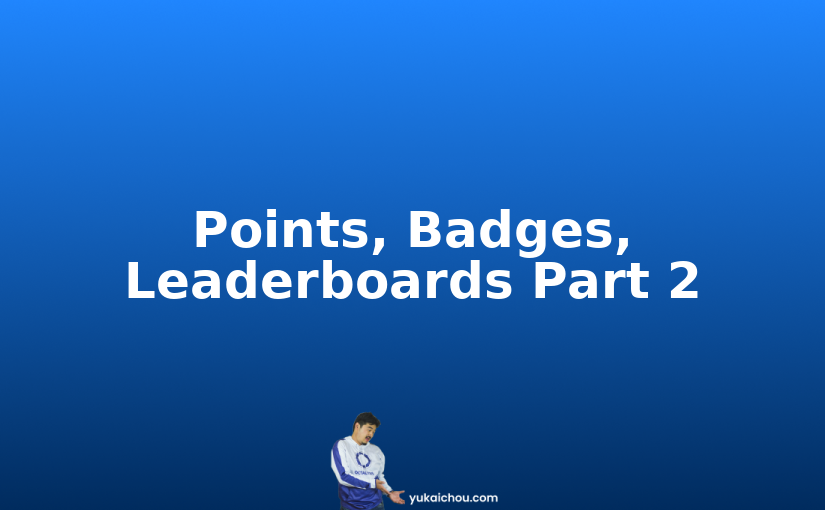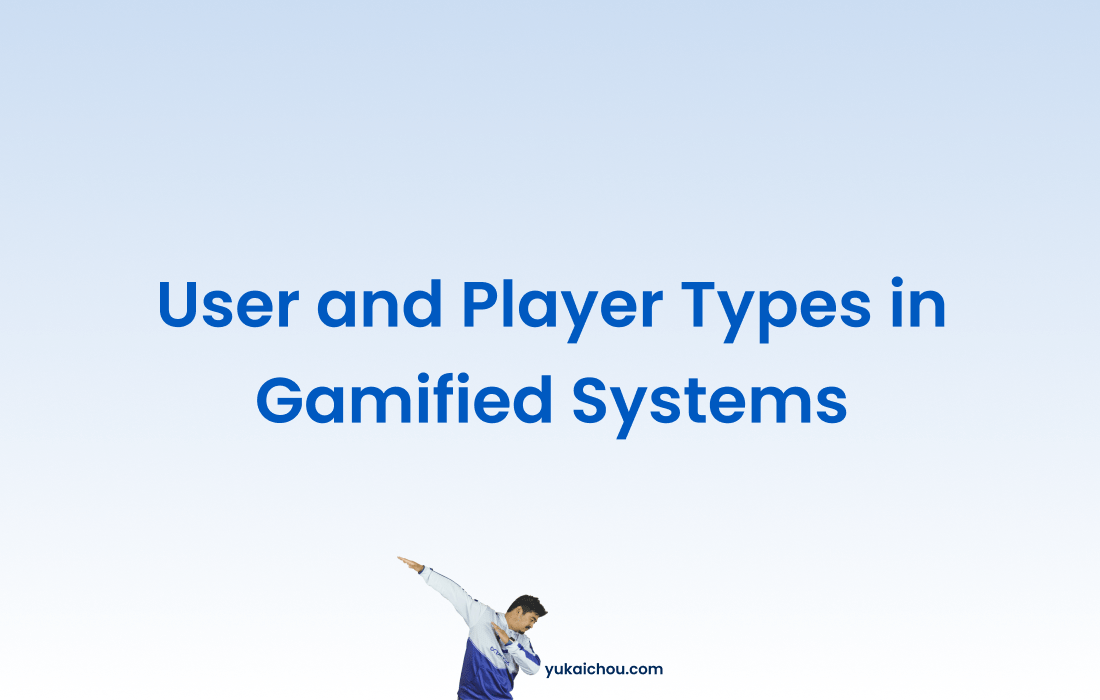Last week we discussed how behavioral design goes much further than the widely used Points, Badges and Leaderboards.
It is, instead, about the right implementation of the right Game Technique at the right time and place, that makes for a successful design, and an engaging experience.
However, points, badges, and leaderboards can be a powerful addition to your design, if used right.

Badges vs. Achievement Symbols (GT #2)
When crafting an experience, we want to use the terminology that is most enticing to the user experience. The term ‘badge’ is overused, and there are better names: achievements, icons, iconic figures…
Achievement symbols can also be 3 stars systems, a uniform change, belts in martial arts, certificates. They symbolize accomplishment.
Why Are Badges overused?
Many companies like to put badges on experiences because they only see the shallow side of the game. A game is supposedly designed to have a fun and exciting gameplay. As you play this exciting game, you want to strive for certain milestones (that not everybody can achieve). If you hit them, you want to get recognized, brag about it, or feel good about yourself.
A lot of gamified experiences and products make the user do a boring thing for 20 or a thousand times, and reward this with a badge. Unless the achievement is ‘persistence’, this does not make much sense.
Do not make an achievement more special than it is supposed to be.
Instead, create a fun experience, with the Right-Brain Core Drives (Empowerment of Creativity & Feedback, Social Influence & Relatedness, Unpredictability & Curiosity). If people then uniquely use their creativity or their skill set to do something that others can not or will not do, symbolize this achievement. Reward them on top of the already fun game. The user will be proud of it, feel excited about it, and might even brag about it.
The Core Drives
Badges focus most on Core Drive 2: Development & Accomplishment.
Core Drive 1: Epic Meaning & Calling – If the Achievement Symbol ties to something greater, you’re an evangelist, save lives, plant threes. If the user actually made a difference in the world, they wil feel proud of it.
Core Drive 3: Empowerment of Creativity & Feedback – Badges that require creativity and problem solving.
Core Drive 4: Ownership & Possession – Badges can be turned into a collection set, a collectable theme.
Core Drive 5: Social Influence & Relatedness – E.g. when everyone who has the achievement can interact with each other, but if you don’t you can’t. You want to get in the club to mingle with those who also did amazing things. Or rewarding generosity, reaching our and helping other people.
Core Drive 6: Scarcity & Impatience – Badges can be made very scarce, but well-known. Dangling in front of the user who knows what to do to get it (Earned Lunch GT #7) and they want to grind and do it.
Core Drive 7: Unpredictability & Curiosity – Badges can be stealthily released as an easter egg badge.
Core Drive 8: Loss & Avoidance – Achievement symbols that can be lost if you mess up. Keep in mind that you don’t want to make the user so nervous to lose their achievement symbol that they’re Black Hat motivated.
At the core of Achievement Symbols is Core Drive 2: Development & Accomplishment.
The one rule for whether a badge is meaningful or not: If you give it to people, how likely are they to share it and brag about it to other people?
Implement Badges Correctly
When designing an experience, keep the Strategy Dashboard in mind. What are the Desired Actions, who are your Player Types? Then decide what the best Achievement Symbol design is to implement in your experience.
Next week we will take a closer look at Leaderboards and what they can bring to your experience if implemented correctly.
Got a taste of the things you will learn in Octalysis Prime? Learn more by heading there now and sign up to try the FREE version of Octalysis Prime (no strings attached). Gain access to over 700 videos about Game Techniques and the 8 Core Drives of Octalysis and subjects like Motivational Psychology, Entrepreneurship, Behavioral Economics, Applied Psychology and more!








